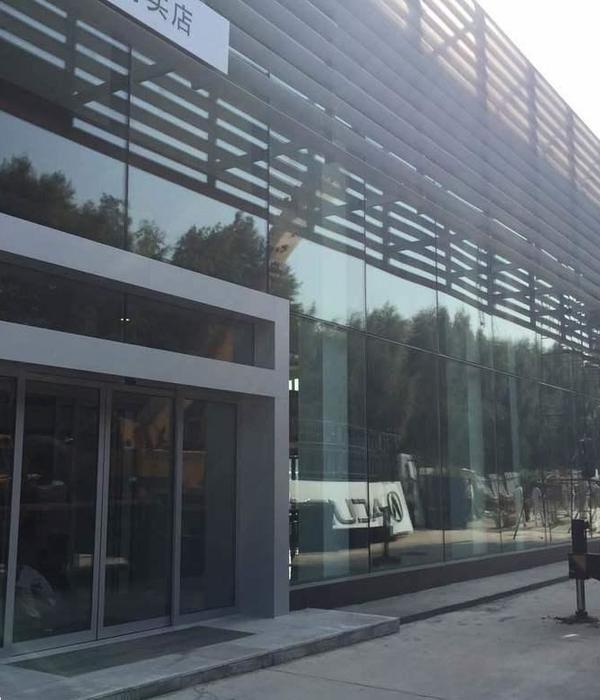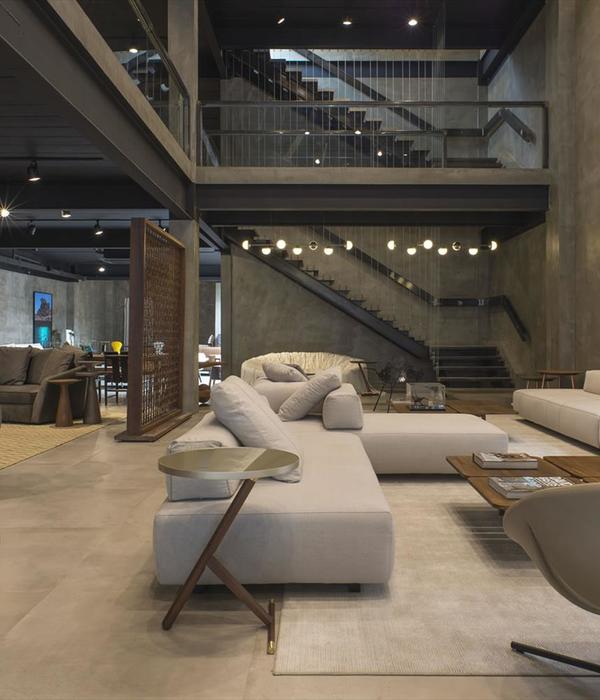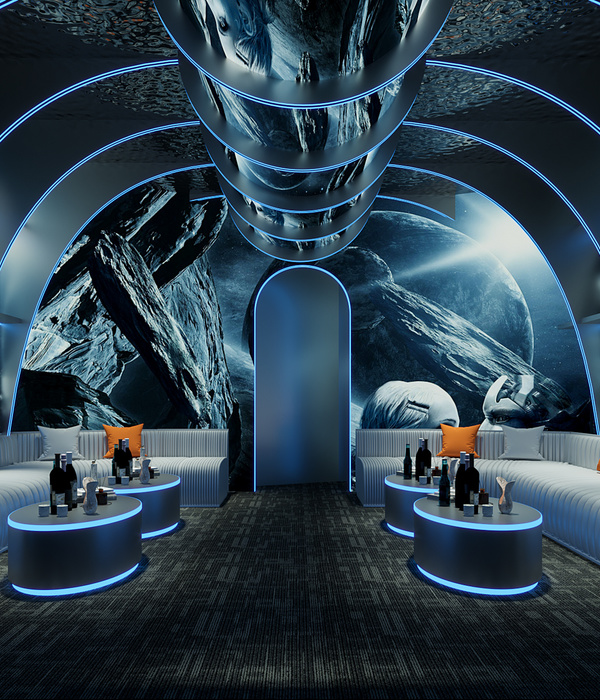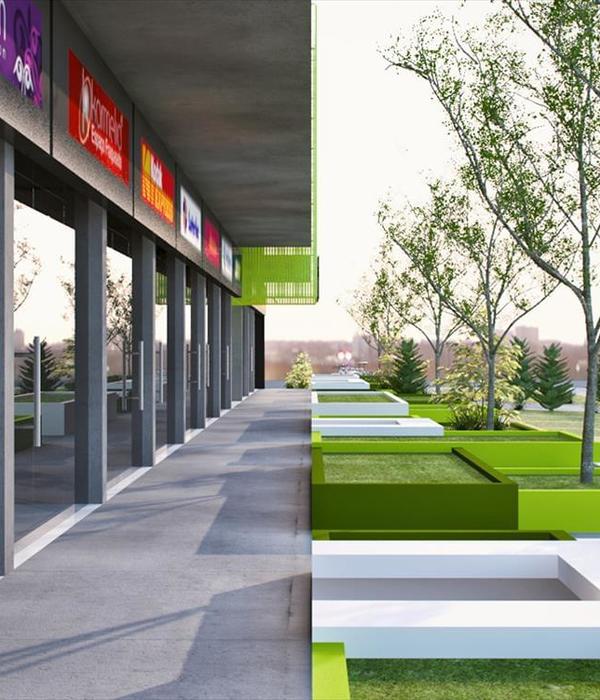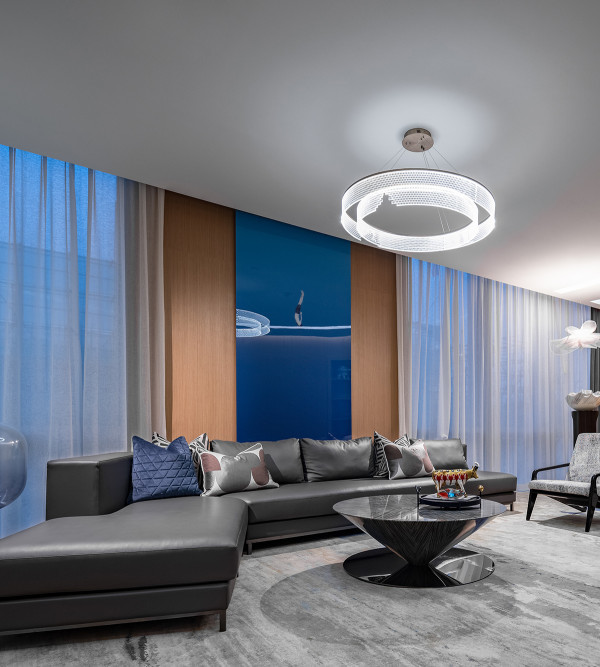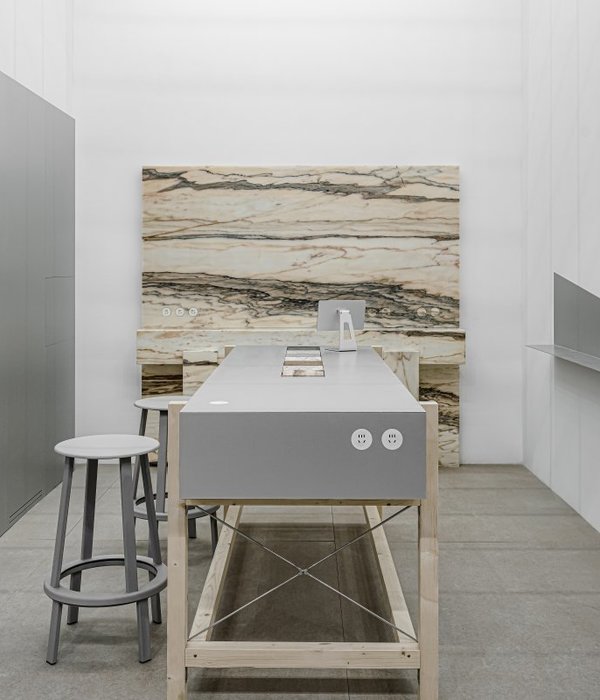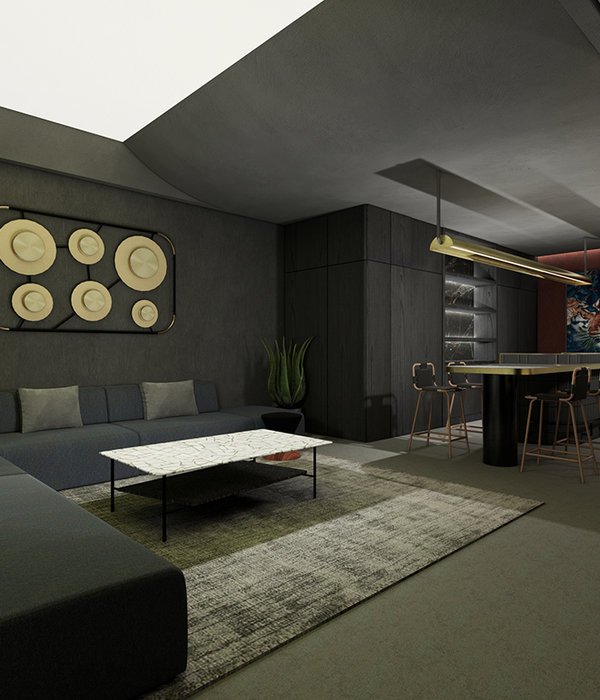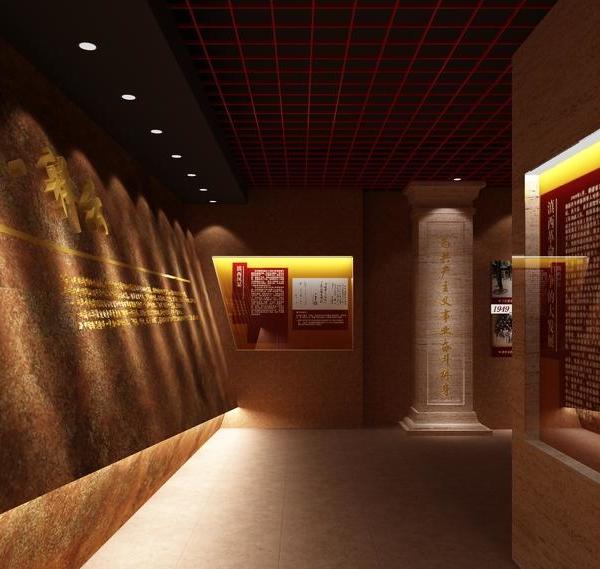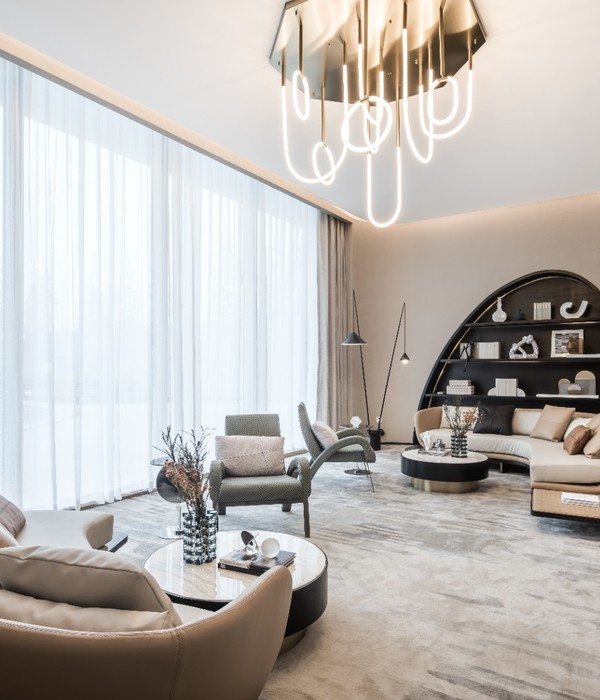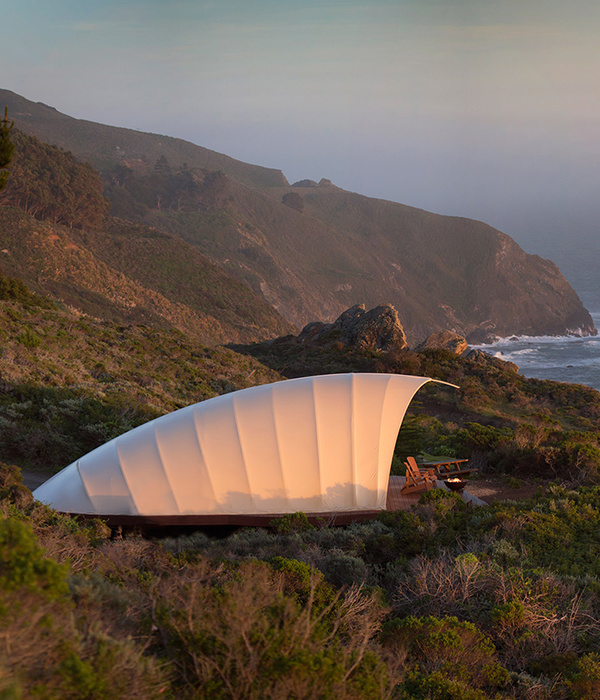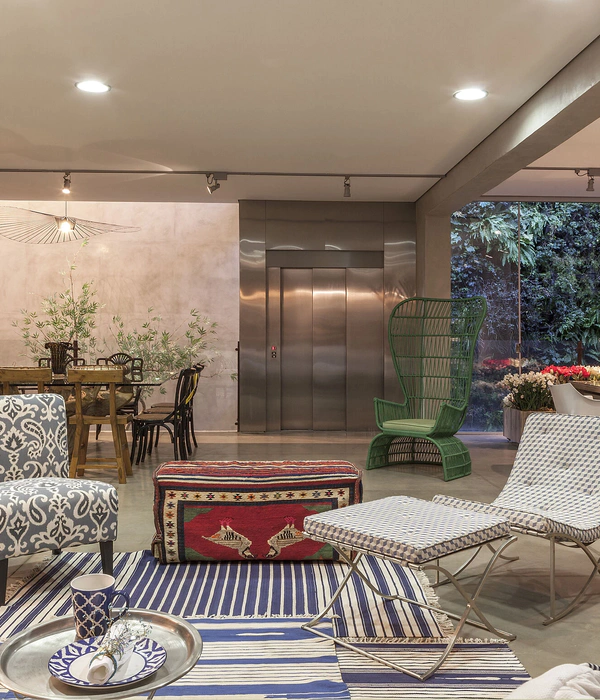Seungmo Seo(서승모)是一位
韩国建筑师,1971年出生于日本京都。
他毕业于韩国的庆园大学,随后在日本东京艺术大学攻读建筑学,获得美术学硕士学位。
在获得学位后,他曾在东京艺术大学担任助教职位,历时2年,随后于2004年回到首尔,开始自己的独立建筑实践。
2010年,他创建了“사무소효자동”(Samuso Hyojadong),并扩展了自己的设计领域,涵盖住宅、酒店、商业设施等多个方面。
他的重要项目包括C House、南海613酒店、SJ韩屋翻新项目、以及“现代卡 Vinyl & Plastic”外墙装饰翻新,还有“Theory 旗舰店”外墙装饰翻新,以及与建筑师坂本龙一一起设计的展览场馆、DDP设计图书馆等。
Seungmo Seo is a South Korean architect born in Kyoto, Japan, in 1971. He completed his education at Kyungwon University in South Korea and pursued a Master's degree in Fine Arts in Architecture at the Tokyo University of the Arts in Japan. Following his studies, he worked as an assistant professor at the Tokyo University of the Arts for two years. In 2004, he returned to Seoul and embarked on his independent architectural practice.In 2010, he established "Samuso Hyojadong" and expanded his design portfolio to encompass various areas, including residential, hospitality, and commercial facilities.Some of his notable projects include C House, Namhae 613 Hotel, SJ Hanok Renovation, the 'Hyundai Card Vinyl & Plastic' facade renovation, 'Theory Flagship Store' facade renovation, as well as collaborative work with architect Ryuichi Sakamoto on exhibition spaces and the DDP Design Library, among others.
位于韩国首尔的伊索西村店是一个极简的商店,由建筑设计公司Samuso Hyojadong精心打造。
该设计汲取了韩国潭阳地区Soswaewon花园的灵感,这个花园代表了16世纪的美与宁静,旨在创造一个体验,其中过去与现在以极具优雅的方式相互融合。
设计团队在材料选择方面十分慎重,精心挑选了那些能够以最纯粹的形式呈现的元素,使它们能够在没有过多人为干预的情况下独立共鸣。这种处理方式体现了对材料的深思熟虑,将建筑与环境相融合。
Aesop Seochon Store is a minimal interior located in Seoul, South Korea, designed by Samuso Hyojadong. Taking inspiration from the Soswaewon garden of the Damyang region, an epitome of sixteenth-century beauty and serenity, the designers set forth to create an experience where the past meets the present in a graceful convergence. Emphasizing a thoughtful approach to the use of materials, the design team at Samuso has carefully selected elements that embody their purest forms, allowing them to resonate individually, devoid of excessive human manipulation.
街道立面采用了可以完全打开的网状金属屏风,从而创造出没有墙壁的店面。一旦关闭,编织金属背板形成了半透明的窗户,让路人可以看到一排排均匀陈列的瓶子及散发出柔和的光影。
The street-facing facade was created with mesh metal screens that can open out entirely to create a storefront with no walls. Once closed, the woven metal backing creates translucent windows through which passersby observe the softly lit silhouettes of uniform rows of bottles.
在商店的材料色调方面,
设计师参考了通常用于建造传统韩国汉屋(hanok)的木材和石材。
入口处放置了一个大的、未经修饰的石基座,上面展示着各种产品集合,而各种木制装饰则采用了从废弃场及一座废弃房屋中回收的木材制成的。
For the store's material palette, the designers referenced the timber and stone that are typically used to build traditional Korean houses known as hanoks.A large, rough-edged stone plinth displaying clusters of products was positioned at the entrance while various wooden accents were created with timber reclaimed from salvage yards and an abandoned house.
这家店位于一个高高的石制平台上,以向传统建筑致敬。
韩国庆南省桑树皮制成的韩纸用于装饰店铺的墙壁,环绕中央的几何橱柜和光滑的水龙头,这些水龙头由本地生产的仿古铜制成。
Hanji paper created from mulberry tree bark sourced from South Korea's Gyeongnam province features on the store's walls, which frame central geometric cabinetry and sleek taps made of locally produced aged copper.The store was also built on a raised stone platform, which nods to the traditional architecture.
这种材料选择不仅突显了每个元素的内在特质,还呈现了一系列纹理,引导访客更深层次地融入其中。然而,该项目的关键特点在于其刻意尝试模糊了室内与室外之间的界线。当步入商店时,不难发现空间经过精心设计,实现了室外宁静与室内精致之间的无缝过渡。
这种流畅的空间转换暗示着更广泛的叙事,其中自然与工艺相融,为繁忙的城市背景中的宁静休憩提供了可能。
This conscious choice in materiality not only highlights the intrinsic qualities of each element but also brings forth a tapestry of textures that invite visitors to connect on a deeper level. The defining characteristic of this project, however, lies in its deliberate attempt to blur the lines between the external and internal realms. As one steps into the store, it becomes increasingly evident that a careful orchestration of space has taken place, offering a seamless transition between the outdoor serenity and indoor refinement. This fluid movement between spaces alludes to a broader narrative where the natural and the crafted coalesce to offer a tranquil retreat amidst the bustling urban backdrop.
Samuso将地板延伸向外,创造了一个让人感到宾至如归的过渡区域。
Samuso extended the floorplate outwards to create a threshold that conveys a generous sense of hospitality.
玫瑰木被用来打造这家商店的标志性香水柜,直到打开才能看见,它的设计灵感来自于传统的韩国珠宝盒。
在整个商店里,我们被一种消解内外、自然与人为界限的愿望所驱使。
Rosewood was used to create the store's signature fragrance armoire, which is hidden from view until opened out and was conceived as a traditional Korean jewellery box,Throughout the store, we were compelled by a desire to dissolve the boundaries between inside and outside, between the naturally occurring and the human-made.
{{item.text_origin}}

